Stars are born from immense "clouds" of interstellar gas, which have a large size and mass. Due to the gravitational influence, one of these clouds will begin to condense and progressively join together until forming what is called an accretion disk, that is, a discoidal structure around this new massive object that is developing in its center. In this way, the accretion disk is the direct route for the central object to continue increasing its mass, until it consolidates into a star. This process causes the "cloud" of gas to begin to contract more and more, generating the changes necessary for the formation of the star. accretion disk. However, the process is extremely long for a star to finish forming, more or less between 105-106 years.
Because these gaseous clouds are so extensive and massive, it is common for them to fragment and jointly form a huge number of star embryos, also known as protostars. The basic material contained in gas clouds is molecular hydrogen (H2), which initially does not have a very high density; The protostar increases its temperature very slowly, but ends up heating it enough so that its pressure compensates for its gravitational attraction.
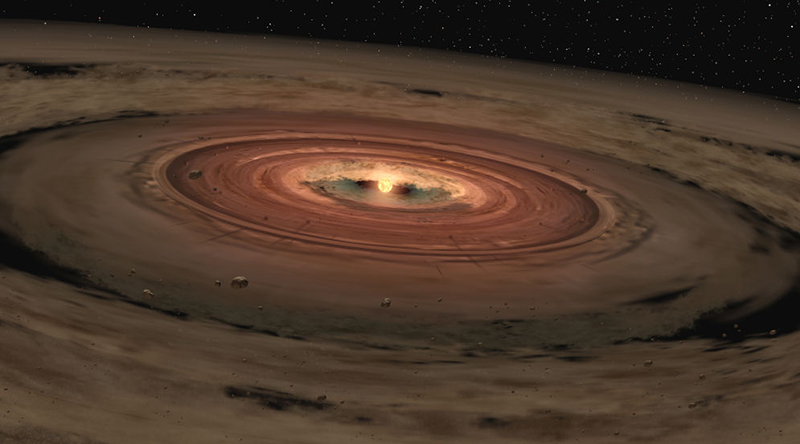
Because these gaseous clouds are so extensive and massive, it is common for them to fragment and jointly form a huge number of star embryos, also known as protostars.
The basic material contained in gas clouds is molecular hydrogen (H2), which initially does not have a very high density; The protostar increases its temperature very slowly, but ends up heating it enough so that its pressure compensates for its gravitational attraction. The protostar begins to balance and becomes a nucleus that continues to steadily increase mass. There are areas of space, called HII regions, that are characterized by having ionized gas due to stars newly developing in their gas cloud.
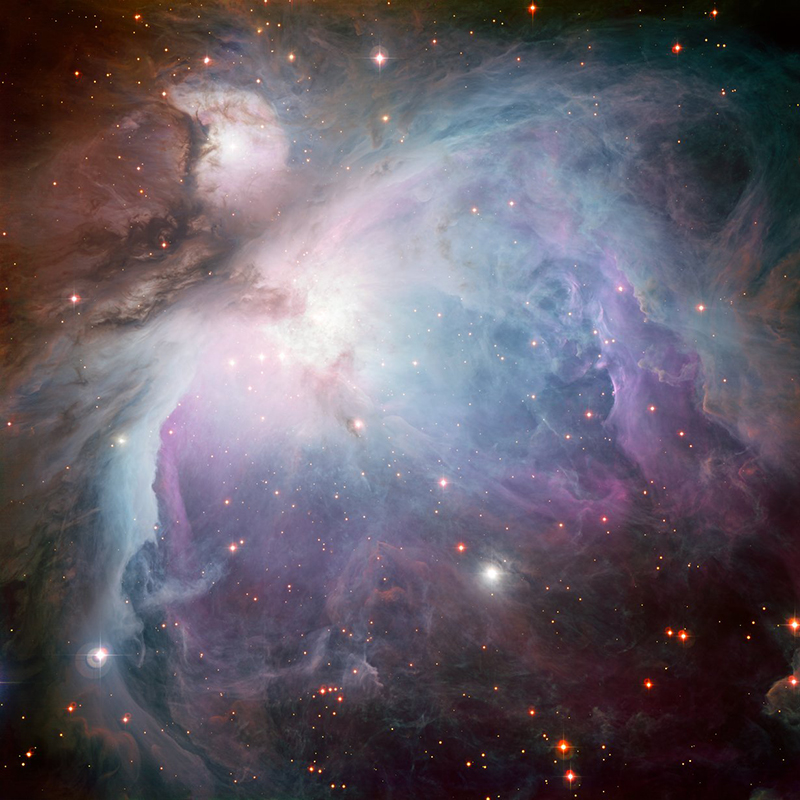
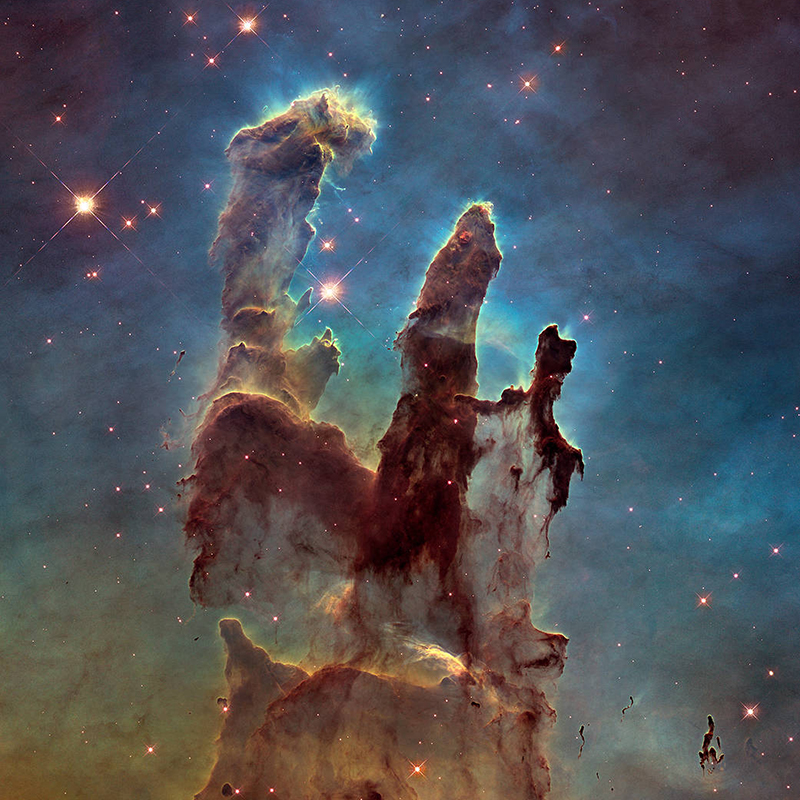
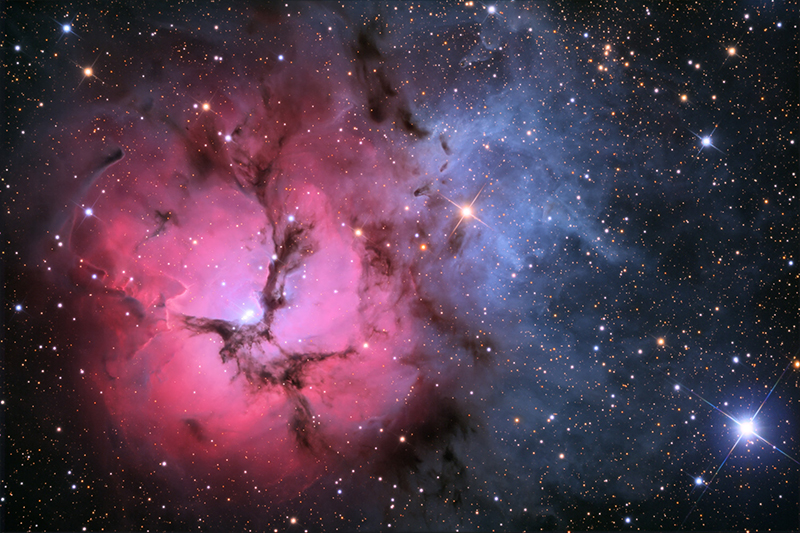
Some examples of HII regions, which are true "star nurseries", are found in well-known astronomical objects such as the Great Orion Nebula(M42), where young stars form surrounded by disks of gas and dust; another case is the Trifid nebula, where a new generation of stars is formed due to the ionizing action on the molecular material at the edge of the nebula; although the most famous case, probably, corresponds to the Eagle Nebula, a region where there are tall pillars of gas and dust (commonly called Pillars of Creation), with young stars forming about 7,000 light years away.
Because these clouds are gradually evaporated by the energy of these stars, these areas are also known as Gaseous Globules in Evaporation (EGG).
Formation of supermassive stars
As mentioned, the accretion disk of a protostar makes it easier for it to continue accumulating mass. Planets, asteroids and other small bodies can also form in this disk, if the metallicity of the stellar environment is high enough. Metalality means the abundance of elements heavier than helium, and here it should be noted that those stars with a lower proportion of metals can be more massive.
In this sense, the formation of very massive stars is relatively different from that of those with standard masses. The stages of their formation are comparable to their life stages, since more massive stars use up their fuel faster, and therefore live less time.
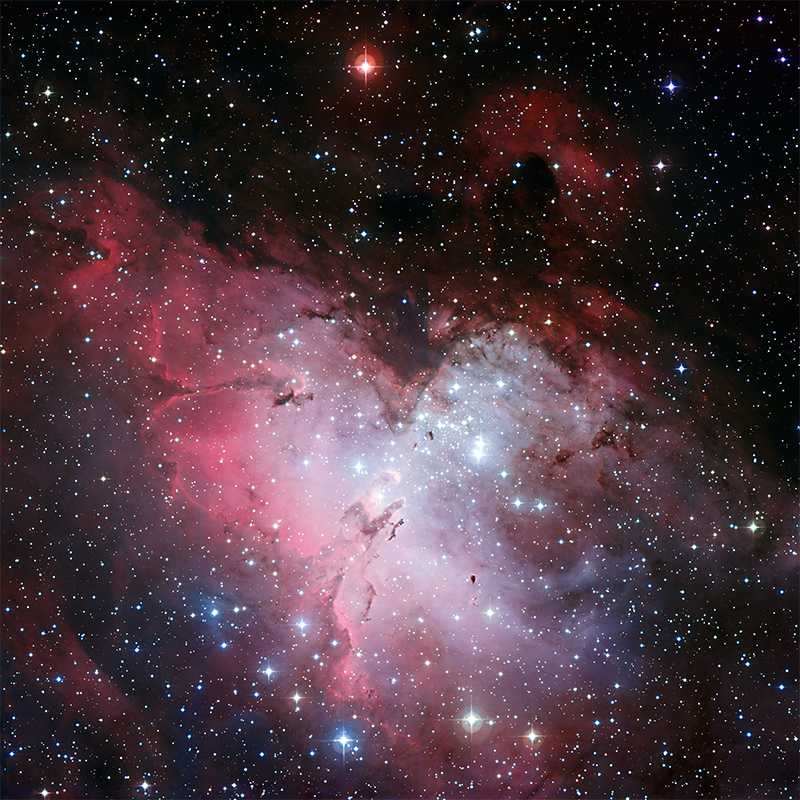
The onset of nuclear fusion is earlier, and its lifespan spans only hundreds of tens of millions of years, which is much shorter than in less massive stars, but which consume their fuel more slowly.

